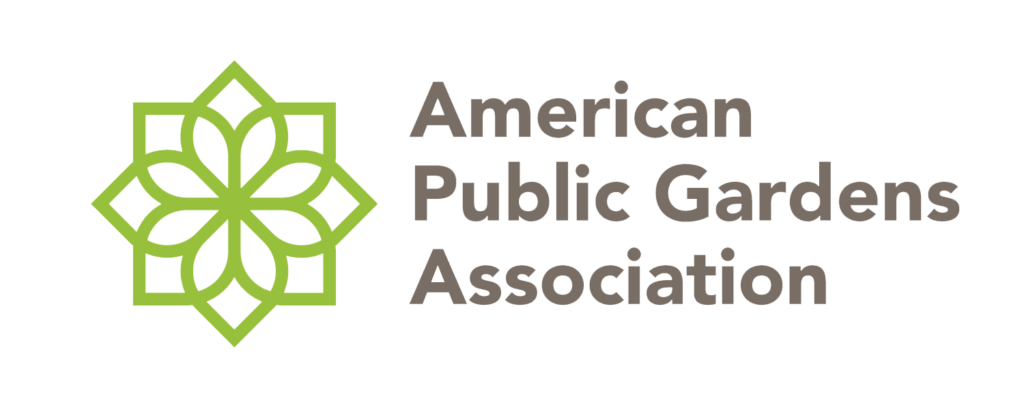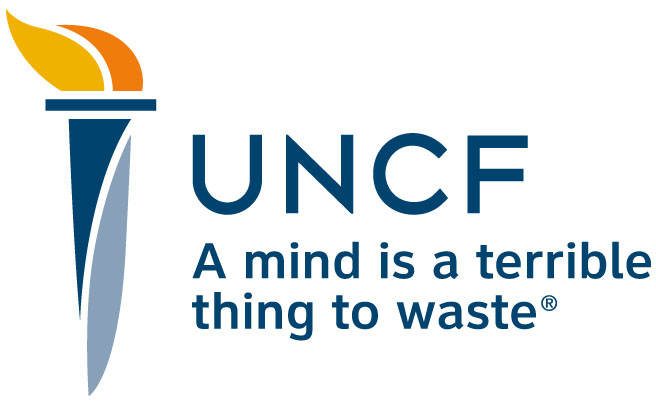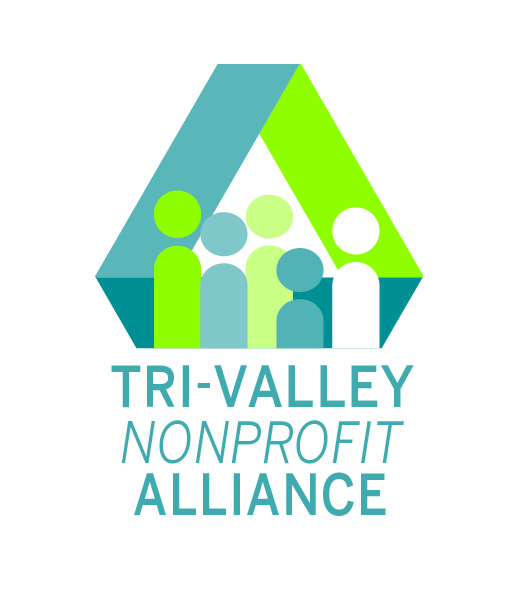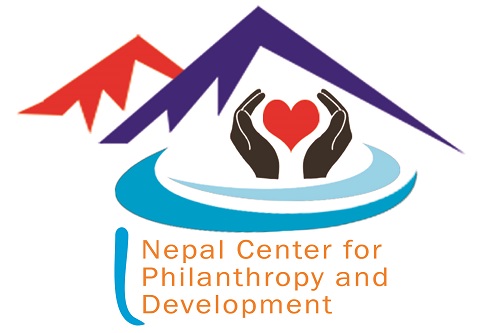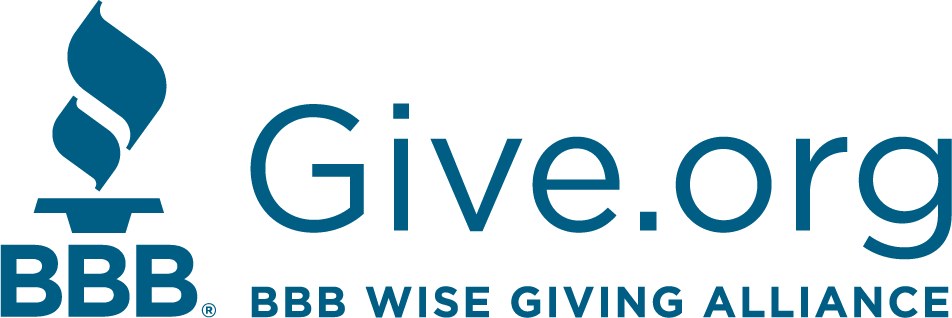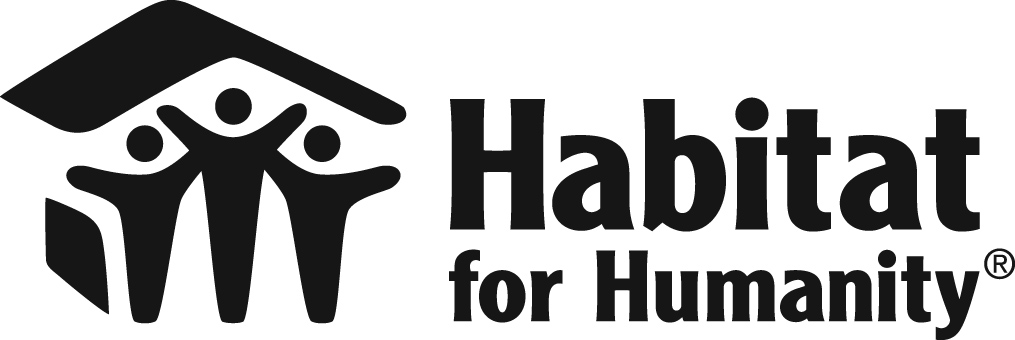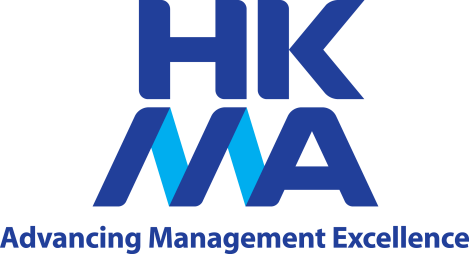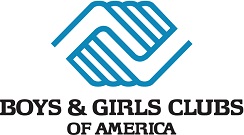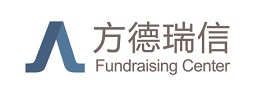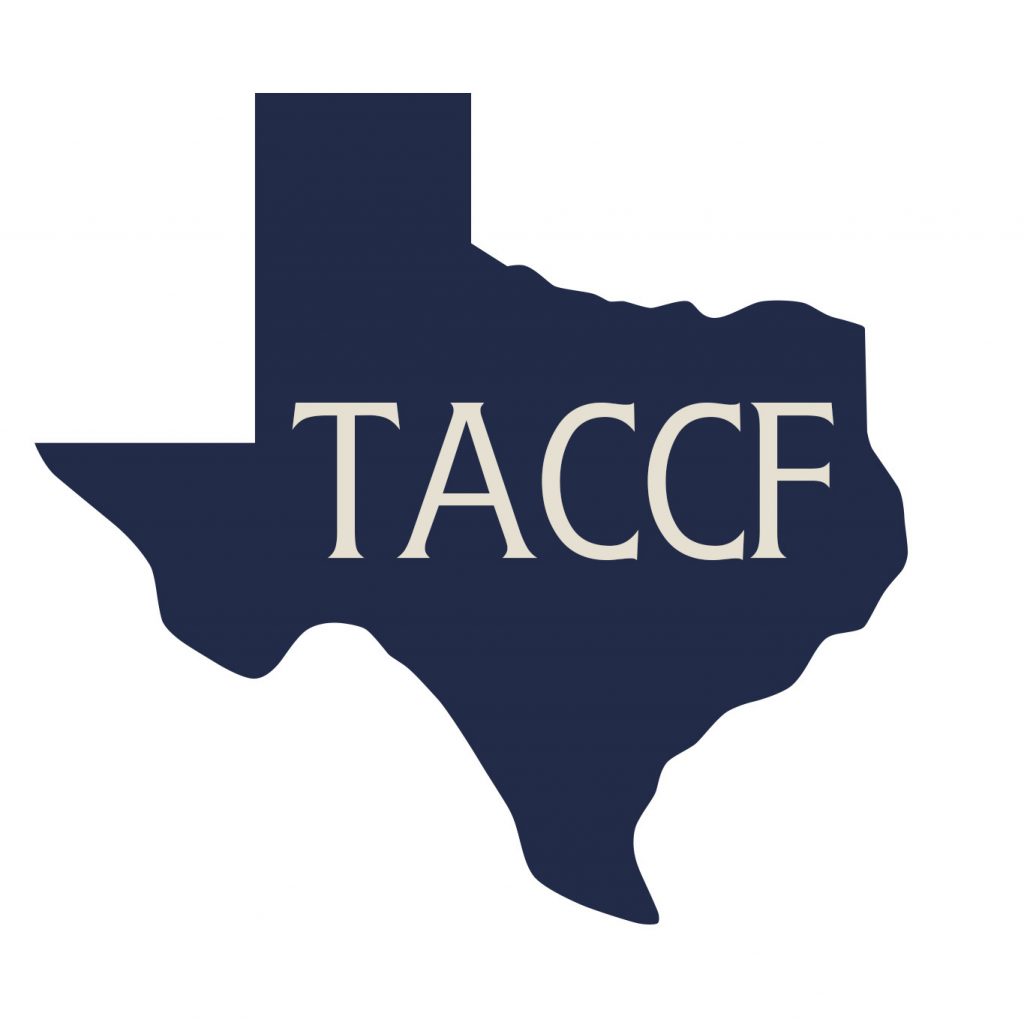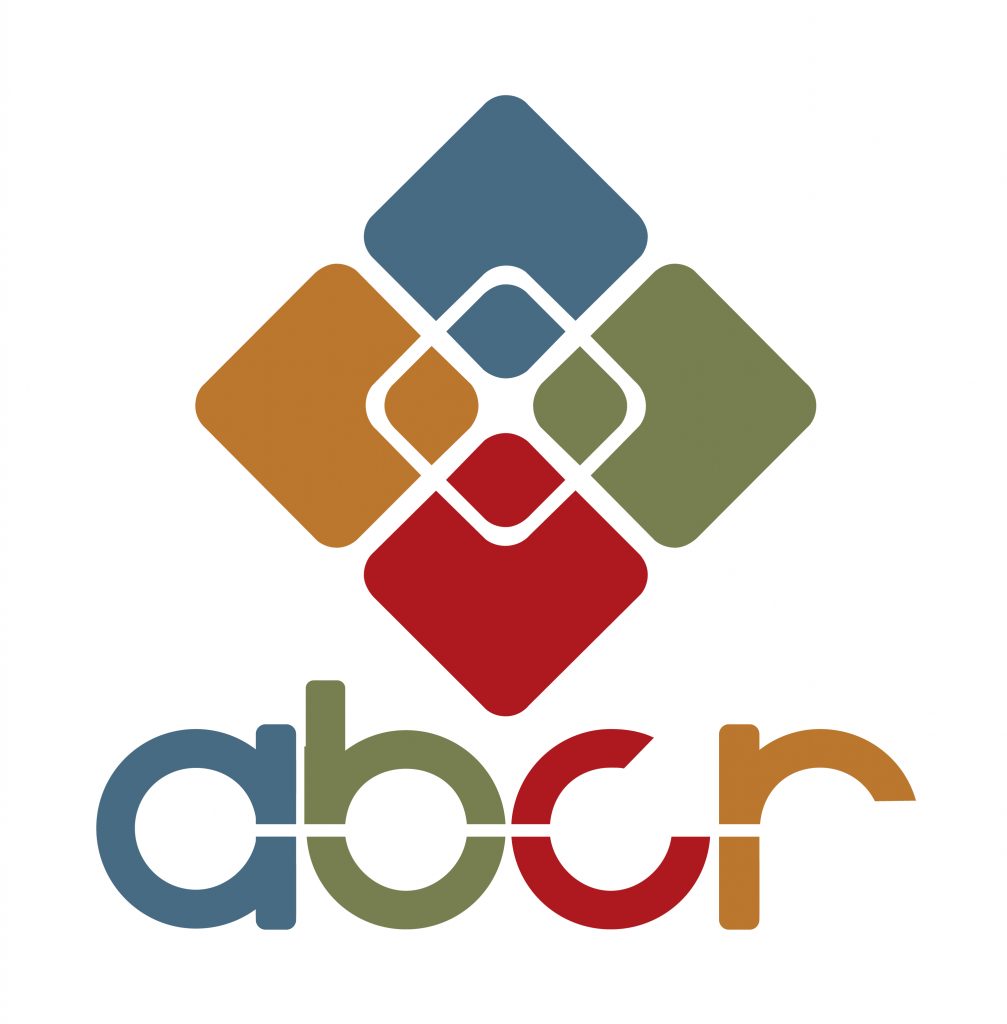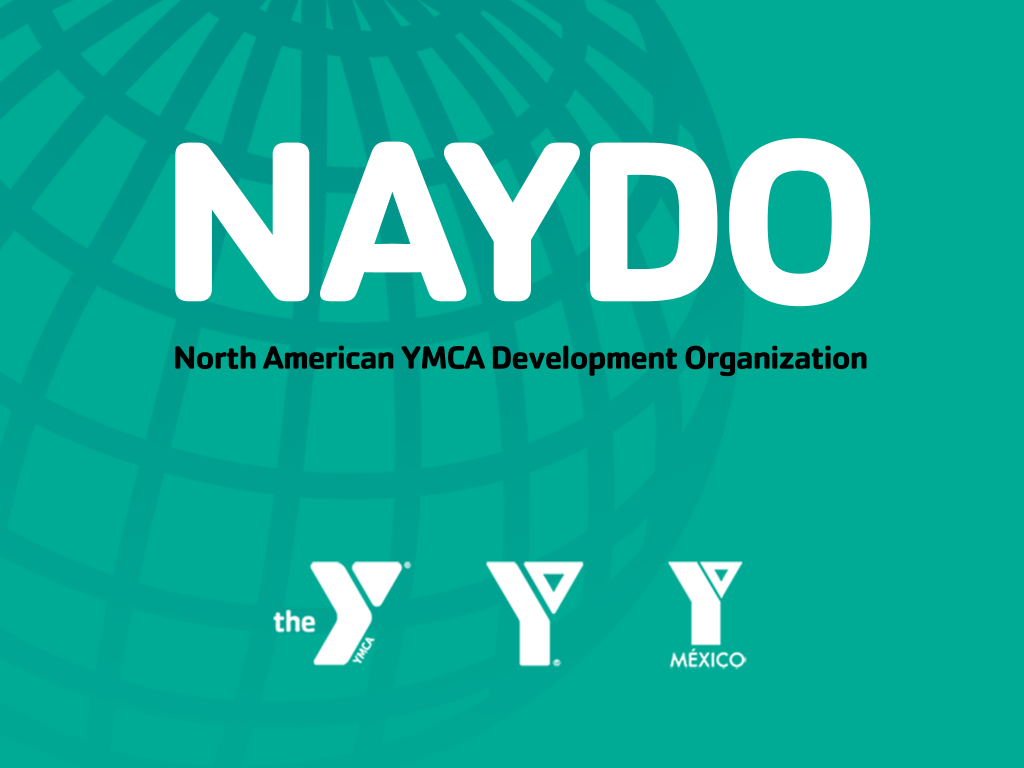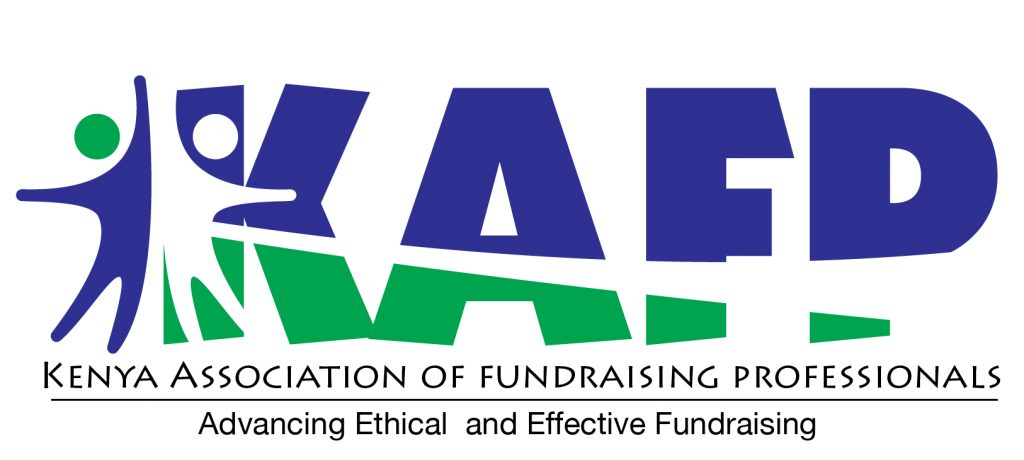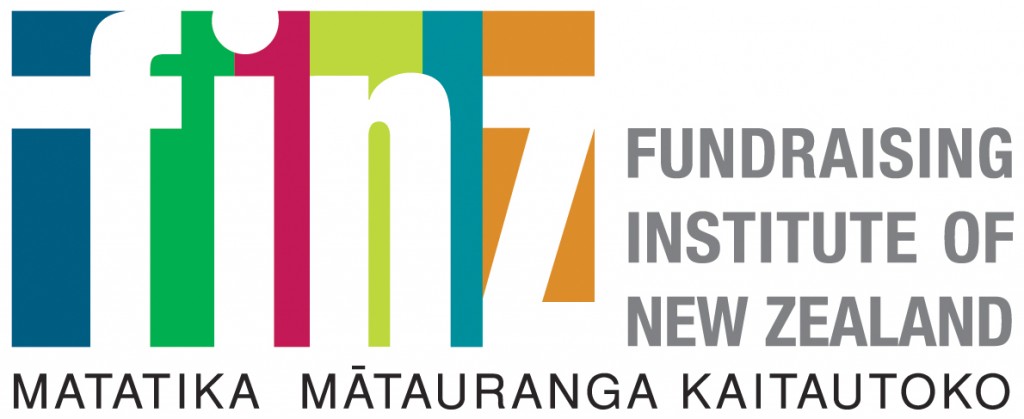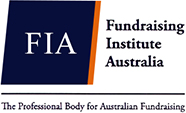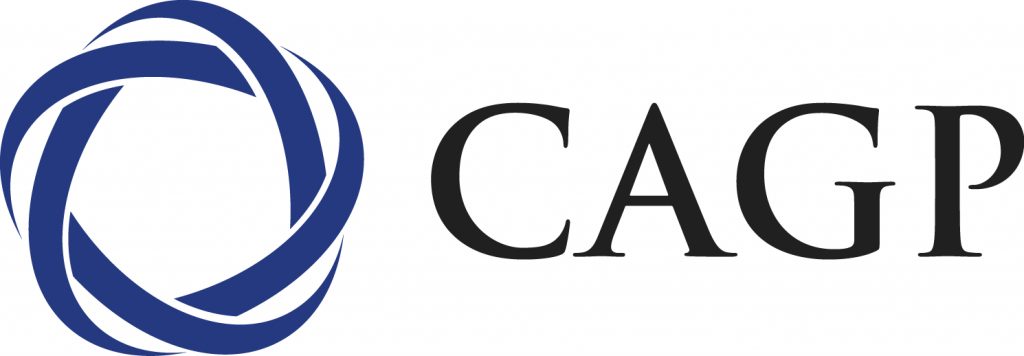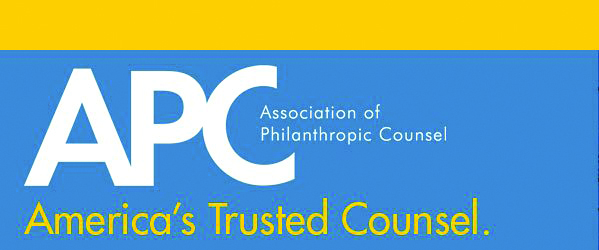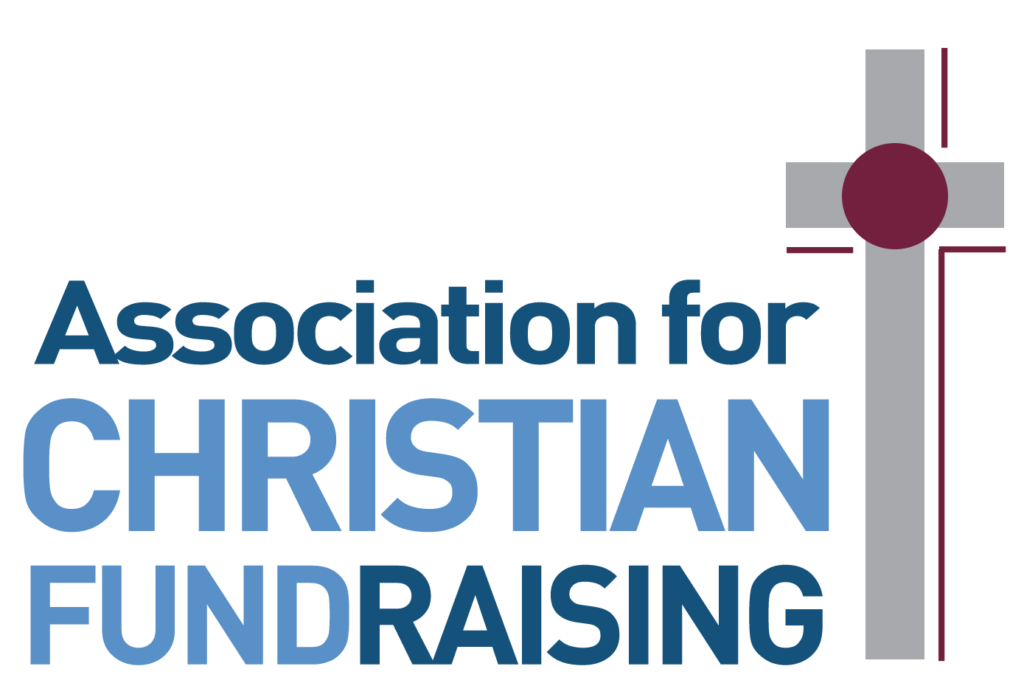The practice-based CFRE Exam assesses your mastery of six core knowledge areas of fundraising that are required for individuals with at least five years of professional fundraising experience, as identified by the most recent CFRE International Job Analysis. These competencies have a direct relationship with what is tested on the CFRE Exam.
Use this outline to identify knowledge areas with which you are familiar and those areas requiring review.
You will note the number of items in each domain adds up to 175. The CFRE Exam has 200 multiple-choice questions. Of these, 175 questions count toward your score. The other 25 questions are being tested to ensure they are psychometrically sound and do not count toward your score. The Test Content Outline aligns with the 175 questions that count.
Chapters or publications from the Resource Reading List can be selected to support your studying.
Domain 1: Current and Prospective Donor Research (15%–26 items)
Tasks
1.1 Develop a list of prospective donors by identifying individuals, groups, and entities (such as foundations, corporations, and government agencies) with organizational linkage, ability to give, and interest in the cause for further research and cultivation.
1.2 Implement, maintain, and utilize a secure data management system to ensure data privacy, store information on current and prospective donors, and enable segmented retrieval and analysis.
1.3 Collect and analyze current and prospective donor information (such as demographics, psychographics, interests, values, motivations, culture, ability, giving and volunteer history, relationships, and linkages) to select potential donors for particular projects and fundraising programs.
1.4 Qualify and rate current and prospective donors on linkage, ability, and interest to prioritize and plan cultivation and solicitation.
1.5 Communicate and validate relevant donor information with key organizational stakeholders to establish a plan of action for engagement, cultivation, solicitation, and stewardship.
Key Knowledge Areas for Above Tasks
- Indicators that identify trends and define characteristics that assist in determining giving potential
- Donor acquisition and retention principles
- Sources of financial support such as individuals, corporations, grant-making bodies, foundations, governmental agencies, and gaming
- Types of information needed to identify prospective donors and determine specific fundraising strategies
- Donor profile components
- Indicators of the donor’s ability to give, organizational linkage, and interest in the cause
- Donor giving patterns such as recency, frequency, renewal rates, and monetary value
- Data analysis techniques such as statistical analysis, data mining, and segmentation
- Data gathering techniques such as surveys, focus groups, interviews, and social networking
- Elements of a comprehensive data management system including data capture, storage, retrieval, maintenance, and security
- Prospective donor screening, qualifying, and rating methods
- Motivations, practices, and policies of various funding sources
- Prospective donor information sources such as people, written or published sources, and electronic or online sources, and their uses and limitations
- Elements or components of a fundraising program, including annual giving, capital/major giving, and planned giving/legacies
- Relationships between and among annual giving, capital/major giving, and planned giving/legacies programs
- Market research components and uses
- Privacy legislation and regulation
- Ethical use of data
- Elements of engagement, cultivation, solicitation, and stewardship plans
Domain 2: Securing the Gift (22%–39 items)
Tasks
2.1 Develop a case for support by involving stakeholders to communicate the rationale for supporting the organization’s mission.
2.2 Identify solicitation strategies, techniques, and tools appropriate to current and prospective donors.
2.3 Develop and implement specific solicitation plans for the involvement of individual donors, donor groups, and/or entities.
2.4 Prepare donor-focused solicitation communications to provide information that donors need to make gift decisions.
2.5 Ask for and secure gifts from current and prospective donors to generate financial support for the organization’s mission.
Key Knowledge Areas for the Above Tasks
- Psychology of giving
- Sociological, cultural, and environmental influences on giving, including implications for diversity, equity, inclusion, and access
- Elements of an effective case
- Case statement construction
- Elements of an effective solicitation plan
- Types of gifts such as cash, securities, trusts, property, and gifts in kind
- Solicitation strategies and their effectiveness with different donor groups
- Components and uses of feasibility/planning studies
- Negotiation techniques
- External and internal factors that may affect the viability and/or reputation of the organization and its programs and services
- Donor motivations, barriers to giving, and giving behavior
- Peer relationship principles and their application to fundraising
- Fundraising program evaluation standards, procedures, and methods including benchmark calculations such as cost of fundraising, return on investment (ROI), fundraising metrics, average gift, and response rates
- Gift agreements, payment structures, and policies governing contributions such as outright gifts, pledges, and installments
- Communication methods, channels, and messages to engage donors or donor groups
- The use of prospect research to inform cultivation and solicitation strategies
- Fundraising techniques and programs such as:
- Direct marketing (for example, mail, telephone, electronic, direct response television [DRTV], face-to-face)
- Special events (for example, dinners, walk-a-thons, tournaments, auctions)
- Grant proposal writing (for example, foundations, corporations, government)
- Corporate sponsorships, partnerships, and cause-related marketing
- Gift planning such as bequests, legacies, and trusts
- Major gifts
- Memorial and tribute gifts
- Capital and endowment campaigns
- Membership and alumni programs
- Gaming and lottery programs
- Workforce and payroll giving, federated campaigns
- Community fundraising
- Peer-to-peer fundraising
- Third-party fundraising
- Social media campaigns
- Crowdfunding
- Involvement of donor advisors, consultants, and legal and financial experts
Domain 3: Relationship Building (29%–51 items)
Tasks
3.1 Initiate and strengthen relationships with constituents through systematic cultivation and stewardship plans designed to build trust in, and long-term commitment to, the organization.
3.2 Develop and implement a comprehensive communications plan to inform constituents about the organization, its mission, vision, values, financial and ethical practices, funding priorities, and the impact a donor can have by making a donation.
3.3 Create opportunities to position the donor(s) through their giving as part of the organization, its mission, aspirations, and vision.
3.4 Acknowledge and recognize donor gifts in ways that are meaningful to donors, appropriate to the mission, values, and policies of the organization, and in keeping with charitable laws.
3.5 Create a comprehensive strategy for engagement of constituents that leads to action with the organization.
Key Knowledge Areas for the Above Task
- Elements of a cultivation plan
- Components of a comprehensive communications plan
- Donor acquisition and renewal strategies
- Communication methods, channels, and messages
- Verbal and written communication techniques
- Components and uses of active listening
- Aspects of nonverbal communication such as body language and eye contact
- Emotional intelligence
- External spheres of influence such as corporate, governmental, social, civic, professional, religious, political, and cultural affiliations and their interrelationships
- Methods for optimizing relationships between and among constituencies (for example, trust building or team building)
- Relationship between philanthropy and fundraising
- Benefits of fundraising programs for organizations
- Using incentives such as member benefits, special invitations, premiums, and naming rights
- Stewardship techniques such as recognition and impact reporting
- Definition of a culture of philanthropy
- Charitable laws
Domain 4: Volunteer Involvement (6%–10 items)
Tasks
4.1 Assess organizational readiness to engage volunteers.
4.2 Create structured processes for the identification, recruitment, vetting, orientation, training, oversight, evaluation, recognition, retention, and succession of volunteers.
4.3 Develop role descriptions to empower and support volunteers and enhance their effectiveness.
4.4 Engage volunteers in various capacities (for example, board, program, campaign) in the fundraising process.
4.5 Participate in recruiting capable and representative volunteer leadership.
4.6 Identify need and opportunities to engage volunteers.
Key Knowledge Areas for the Above Tasks
- Personality types and attributes
- Volunteer roles in fundraising
- Components and uses of volunteer role descriptions
- Legal, regulatory, and organizational policy regarding volunteers
- Strategies for optimizing volunteers’ time and talent
- Volunteer recruitment, orientation, vetting, training, management, motivation, retention, recognition, and evaluation techniques
- Governance principles and models for not-for-profit organizations
- Value of inclusion, diversity, equity, access, and community representation
- Respective roles of board members and staff in governance and management
- Trends in volunteerism
- Organization’s structure, functions, and culture
Domain 5: Leadership and Management (18%–31 items)
Tasks
5.1 Demonstrate leadership that advances fundraising practice.
5.2 Advocate for and support a culture of philanthropy and the advancement of fundraising across the organization and its constituencies.
5.3 Ensure sound administrative and management policies and procedures are in place to support fundraising functions.
5.4 Participate in the organization’s strategic planning process to ensure that fundraising and philanthropy are integrated within it.
5.5 Design and implement short- and long-term fundraising plans and budgets to support the organization’s strategic goals.
5.6 Employ marketing and public relations principles and tools to support fundraising programs and organizational goals.
5.7 Conduct ongoing performance measurement and analysis of fundraising programs using accepted and appropriate standards and metrics to identify opportunities, resolve problems, measure against established goals, and inform future planning.
5.8 Recruit, train, and support staff and volunteers by applying human resource principles and best practices such as talent management techniques, onboarding and offboarding of staff and volunteers, professional development, management, and leadership.
5.9 Utilize external services as needed to optimize activities and outcomes of the fundraising function.
Key Knowledge Areas for Above Tasks
- Components and uses of mission, vision, and values statements
- Strategic and action planning methods
- Fundraising program evaluation standards, procedures, and methods
- Policy and procedure development and evaluation
- Elements of a fundraising plan
- Role of fundraising in strategic planning
- Organizational structures and team dynamics
- Methods for ensuring the integrity and security of data
- Components and uses of fundraising audits
- Financial management including budgeting, financial statements, and audits
- Elements and use of market research
- Marketing and public relations principles
- Methods for assessing organizational impact
- Relevant professional development resources and requirements
- Human resource management principles, strategies, and practices
- Fundraising roles, job design, and structure
- Characteristics of a culture of philanthropy
- Methods to assess the need for external services or other resources
- Techniques for selecting, evaluating, and managing external services
- Principles and practices of managing meetings
- Methods and strategies for managing change
- Principles of effective leadership
- Sources of historical and contemporary information about philanthropy and fundraising
- Concepts of organizational development
- Regulatory and legal issues related to management
- Elements of inclusion, diversity, equity, and access
Domain 6: Ethics, Accountability, and Professionalism (10%–18 items)
Tasks
6.1 Ensure all fundraising activities and policies comply with ethical principles and legal standards.
6.2 Communicate principles of ethical fundraising to stakeholders to promote ethical practices and strengthen a culture of philanthropy.
6.3 Promote ethical fundraising as a crucial component of philanthropy to strengthen the non-profit sector and support the sector’s role as a pillar of civil society.
6.4 Honor donors’ intent by clarifying, implementing, and monitoring instructions regarding the use of gifts.
6.5 Ensure allocations of donations are accurately documented in the organization’s records.
6.6 Report to constituents the sources, uses, impact, and management of donations to demonstrate transparency and enhance public trust in the organization. When donors’ intent cannot be fulfilled, proactively communicate with donors and mutually agree on a shared solution.
6.7 Participate as an active and contributing member of the fundraising profession through activities such as mentoring, continuing education, research, and membership in professional associations.
6.8 Ensure all fundraising activities and policies align with the values of the organization.
Key Knowledge Areas for the Above Tasks
- Laws and regulations relevant to not-for-profit organizations
- Legal and ethical practices related to donor record maintenance, gift accounting, financial management, and audit trails
- Methods of recording, receipting, recognizing, and acknowledging gifts
- Elements of gift acceptance and recognition policies
- Elements of gift agreements
- Accounting and investment principles for not-for-profit organizations
- Elements of organizational transparency, such as methods for reporting fundraising performance, outcomes, and impact to constituencies
- Donor rights and codes of ethics for fundraising professionals
- Protection of personal privacy and information
- Ethical principles relevant to cultivating, securing, and accepting gifts
- Methods and processes for ethical decision making
- Professional development and practice leadership opportunities in fundraising
- Mentorship principles
- Resources to support advocacy for fundraising practice
- Appropriate avenues for advocacy
- Elements of organizational policies
Test Content Outline is effective December 1, 2022.
